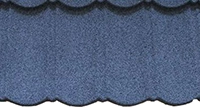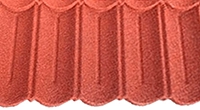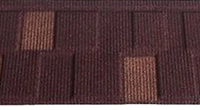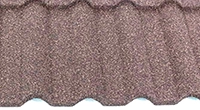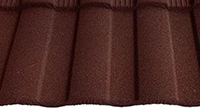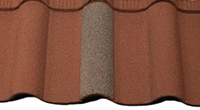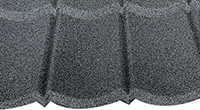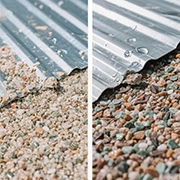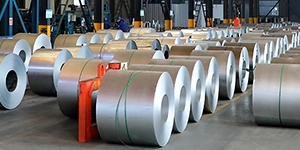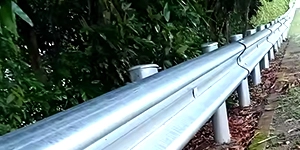As a key element of road traffic safety systems, Road Rail Guard serve crucial functions including protection, guidance, and impact absorption. They play an essential role in minimizing the severity of road accidents. Below is an overview of their key advantages, types, and typical application scenarios.
![Road Rail Guard Road Rail Guard]()
Product Advantages of Road Guard Rails
High Safety Performance
Designed to absorb collision energy, guard rails reduce the impact of accidents—protecting drivers, passengers, and roadside structures. Flexible or semi-rigid designs help guide errant vehicles back to their proper path.
Excellent Durability
Manufactured using galvanized steel, aluminum alloy, or plastic-coated materials, they offer strong resistance to corrosion, rust, and harsh environments like heavy rain, strong sunlight, and salt spray.
Easy Installation
With a modular structure and standardized components, guard rails are quick to install and simple to maintain, improving overall project efficiency.
Cost-Effective Solution
Offering a long service life of 15–20 years, they provide low initial investment and minimal long-term maintenance costs.
Attractive Appearance
Available in various surface finishes such as powder coating or hot-dip galvanizing, and customizable in color (commonly green or silver) to match surrounding road environments.
Environmentally Friendly
Made with recyclable materials, these systems help reduce resource waste and support sustainability goals.
![Road Rail Guard Road Rail Guard]()
Classification of Road Rail Guard
1. Classify by material and structure
Type | Characteristics | Applicable Scenarios |
Corrugated beam guardrail | Composed of corrugated steel plates and posts, it has strong impact resistance and good guidance. | Main lines, ramps and median strips of expressways |
Cable guardrail | Multiple steel cables are fixed on the posts, featuring high flexibility, excellent buffering effect and easy repair. | Mountain roads, scenic roads, and low-risk sections |
Concrete guardrail | Cast with reinforced concrete, they provide rigid protection and prevent vehicles from crossing boundaries, but lack guidance. | Bridge, tunnel entrance, high-risk sections (such as cliffs) |
Combined guardrail | It combines corrugated beams and concrete structures, taking into account both rigidity and energy absorption effect. | Special dangerous sections of roads and urban expressways |
Three-wave beam guardrail | Reinforced corrugated beam (with greater wave height), stronger impact resistance. | Sections with a high volume of heavy vehicles (such as freight channels) |
2. Classification by Protection Level
Rigid Guardrails: Typically made of concrete, these are used in areas where maximum containment is required, such as on bridges.
Semi-Rigid Guardrails: Commonly made from corrugated steel beams, they offer a balanced combination of impact resistance and vehicle redirection—making them the most widely used type.
Flexible Guardrails: Often constructed from tensioned cables, they absorb impact energy through deformation and are best suited for low-risk or rural road sections.
![Road Rail Guard Road Rail Guard]()
Application Scope
Expressways
Installed along both sides of the main road, in median strips (to prevent head-on collisions), and at ramp intersections for improved safety.
Challenging Terrain
Used in mountainous curves, cliffside roads, or areas near water—cable or concrete guardrails are preferred for enhanced protection.
Urban Roads
Applied at expressway entrances and exits, elevated roads, and tunnels—where higher impact resistance is required.
Bridges and Tunnels
Bridge guardrails must meet anti-fall standards; concrete barriers are commonly used at tunnel entrances to absorb vehicle impacts.
Additional Scenarios
Deployed near schools and hospitals to minimize accident injuries; in parking areas and toll booths for traffic guidance; and for temporary isolation on construction sites using movable guardrails.
![Road Rail Guard Road Rail Guard]()
Selection Suggestions
Traffic volume: For high-traffic roads, use corrugated or three-wave beam guardrails for enhanced protection.
Terrain risk: In areas with steep cliffs or deep ravines, concrete guardrails are recommended for maximum safety.
Environmental conditions: Coastal or high-humidity regions require enhanced anti-corrosion treatment (e.g., hot-dip galvanizing plus powder coating).
Cost considerations: For suburban or low-risk zones, cable guardrails offer a more economical solution.
Development Trends
Smart guardrails: Equipped with sensors or LED warning lights, these systems provide real-time collision monitoring and alerts.
Eco-friendly materials: Increasing use of recycled metals and composite materials helps reduce carbon emissions and support sustainable development.
By selecting and installing the appropriate type of guardrail, road safety can be greatly improved while minimizing the severity of accidents.
